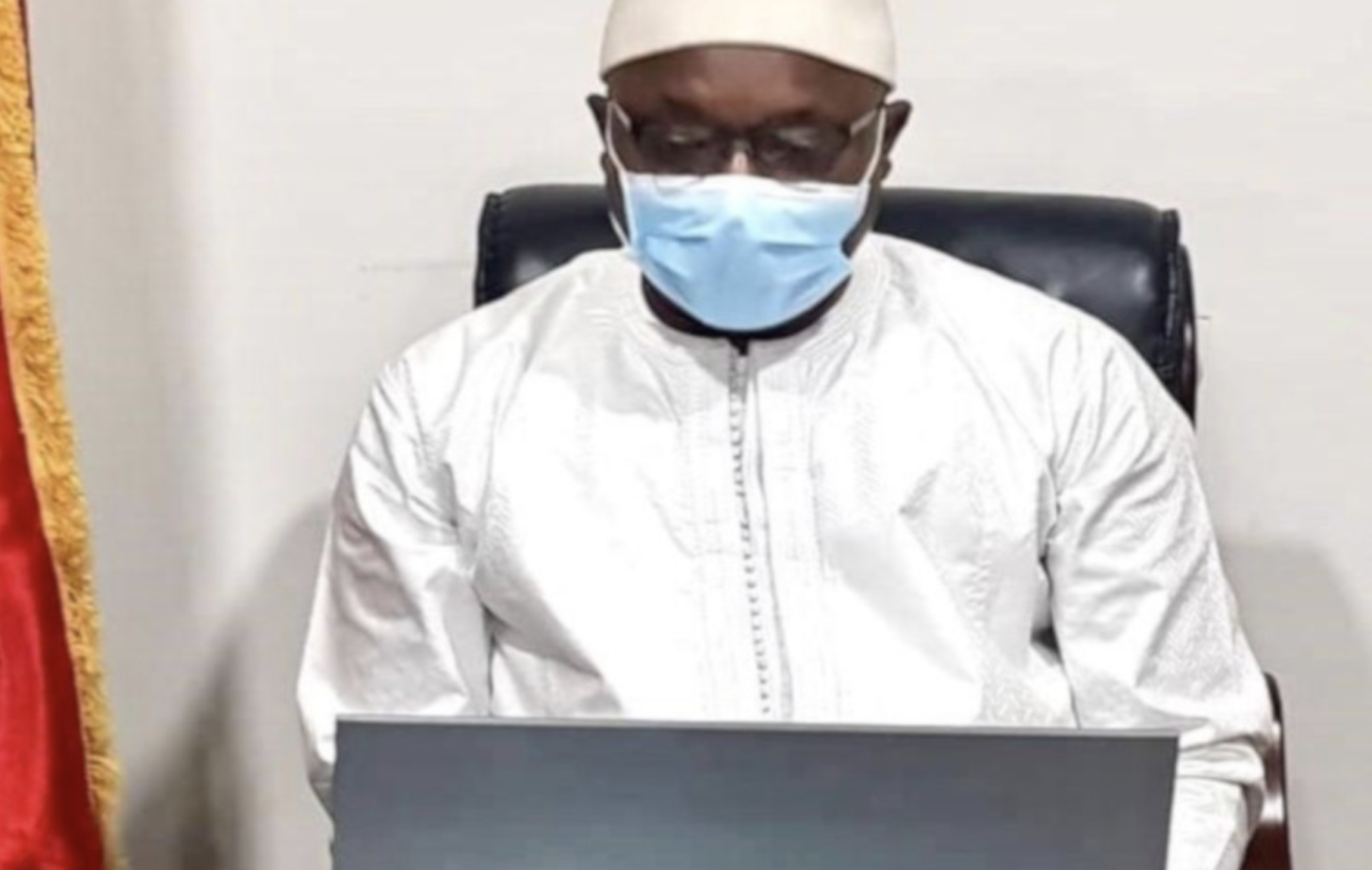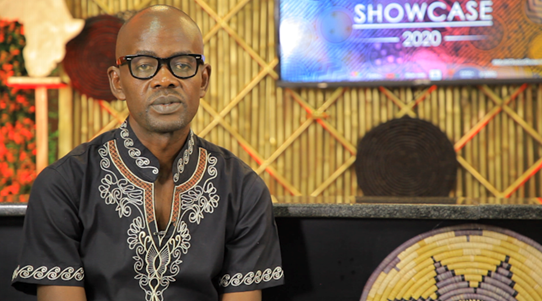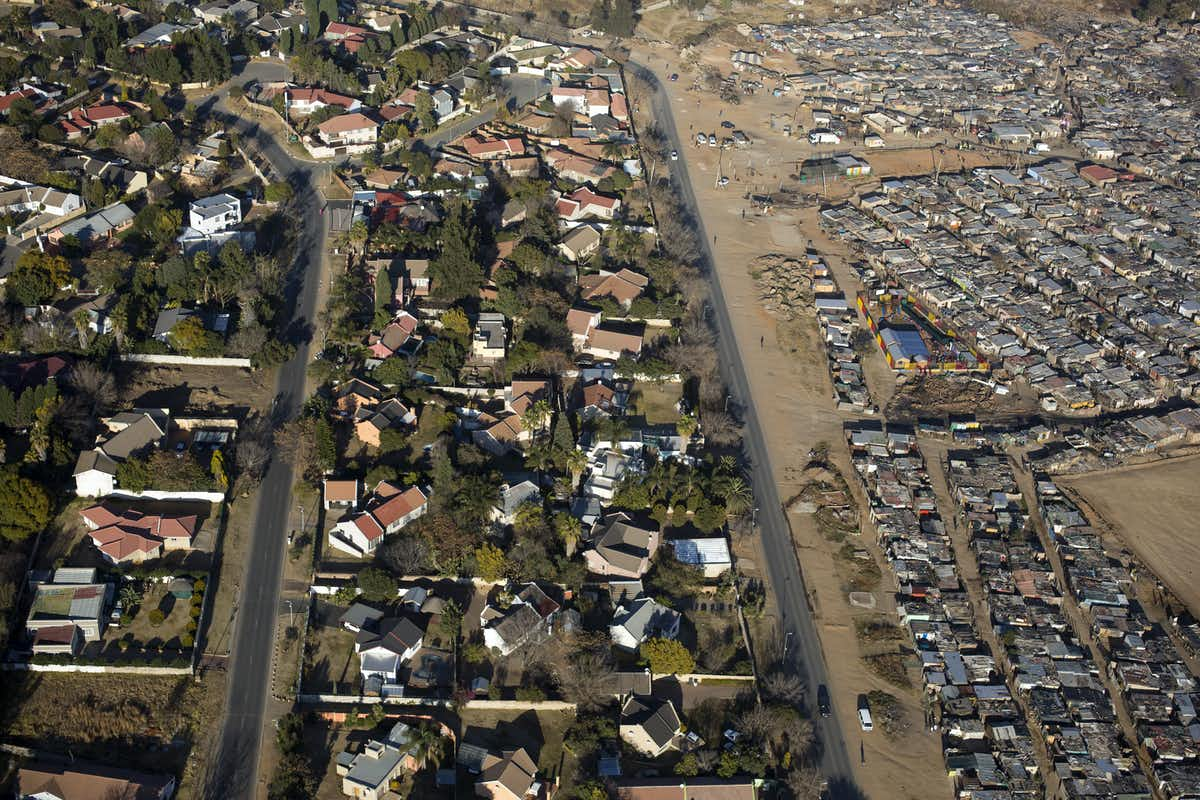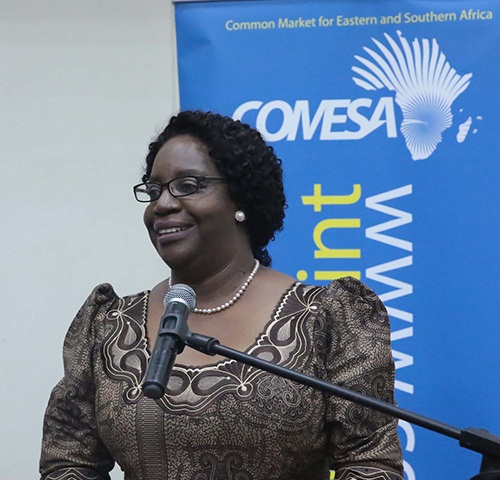The Ministry of Finance and Economic Affairs has outlined the disbursement of over 600 million dalasi made to various institutions that were seriously affected by the Coronavirus pandemic (COVID-19) in the country.
A dispatch from the Ministry of Information and Communication Infrastructure (MOICI) in its weekly Inter-Ministerial Press Conference stated that the COVID-19 pandemic has led to the disruption of Economic and Social activities across all institutions.
To mitigate and enhance the restart of activities, the dispatch indicated that, the government through the Ministry of Finance and Economic Affairs requested for a Supplementary Appropriation Bill (SAP) to support institutions that have been seriously affected by the pandemic.
"So far, support has been extended to the following:
· Full payment of D91.2 million made from August to September for the bailing out of Public Enterprises (3 months salaries for GCAA, GIA, GMA, GFS and GAMPOST).
· Full payment of D5.6 million made in August and September for the settlement of GT Board Operational License for the Hospitality Industry.
· D30 million was provided in September to extend the duration for the closure of the Malaysia and Algeria missions and also factoring the repatriation of recalled diplomatic personnel.
· D20 million paid in September for the construction of the Basse market.
· D300 million has been provided in September for the Rural and Urban Roads Project.
· Full payment of D77 million was made in September for the Land Compensation for the Gambia Electricity Restoration and Modernization Project.
· Full payment of D100 million was made in September for the post-COVID-19 Recovery Plan for the Tourism Industry.
· D31.4 million has been paid in August and September for support to Councils to pay salaries.
· Full payment of D15 million made in September for the Media Subsidy."
Source: Faroya
Africa’s most loved storyteller Multichoice is committed to continuing the journey of storytelling for years to come.
At the heart of this commitment is the desire to tell stories that resonate with Africans throughout the continent, stories that echo shared sentiments of triumph, success and growth, stories that share ideas, beliefs, embrace change and encourage diversity. It is through these stories that we can come together as one.
This promise to showcase the best of African storytelling is perfectly captured in the “10 000 Stories” promo which was launched as part of the recent Multichoice Media Showcase.
This creative masterpiece was the brainchild of poet and writer Lebohang Mashango. It explores themes around diversity, innovation, local content, international content, sports and general love for stories.
Brought to life by Mashango and other talented African poets, it is an ode to all who have been part of the journey, celebrating the legacy of the MultiChoice and the more than 10 000 stories which have been told over the years.
“I drew inspiration from Maya Angelo and the grand idea explored in most African philosophy. The idea that one individual is amplified when standing as a collective ‘I come as one but, I stand as 10 000’, the core of the poem is around collectivism and collaboration, something storytelling does so well.
“Stories are a way of preserving memories and making history and Multichoice through its existence has made history, changing the ritual around coming together.
“The modes of viewing content may change with technological advancement, however, the essence of storytelling as preserving history does not change”, Lebohang Mashango.
Multichoice has been telling African stories for over 20 years, reaching far and wide across the continent. Its DStv and GOtv platforms have continued to grow over the years, launching numerous local channels with more planned as the group increases its local content investment.
“MultiChoice Uganda has taken significant strides in providing phenomenal content to our customers over the years.
“First with the launch of DStv as our flagship brand right to the introduction of GOtv to provide a more affordable family entertainment offering for the mass market, and delivering a variety of content at the right pricing point, revolutionizing terrestrial viewing in Africa and an indication of our continued investment in innovation for better customer experience,” says Vincent Erone, Ag. MD, MultiChoice Uganda.
MultiChoice is determined to continue showcasing unforgettable stories that cater to a diverse audience. At the heart of MultiChoice’s reason for existence is to provide customers with variety and choice, it is with this in mind that the company is focused on enhancing its innovation, value and local entertainment offering.
“Over the past few years, MultiChoice has become the country’s most-loved storyteller by making extensive investments in the development of original programming.
“In October 2018, in a move to provide Ugandans with locally-developed content, we launched Pearl Magic, a purely Ugandan channel that features dramas, soap operas, movies, series and music in a language, setting and storyline that our countrymen best understand and are familiar with,” said Erone.
Source: EABNews
Health crises are not new in Africa. The continent has grappled with infectious diseases on all levels, from local (such as malaria) to regional (Ebola) to global (COVID-19). The region has often carried a disproportionately high burden of global infectious outbreaks.
How cities are planned is critical for managing infectious diseases. Historically, many urban planning innovations emerged in response to health crises. The global cholera epidemic in the 1800s led to improved urban sanitation systems. Respiratory infections in overcrowded slums in Europe inspired modern housing regulations during the industrial era.
Urban planning in Africa during colonisation followed a similar pattern. In Anglophone Africa, cholera and bubonic plague outbreaks in Nairobi (Kenya) and Lagos (Nigeria) led to new urban planning strategies. These included slum clearance and urban infrastructure upgrades. Urban planning in French colonial Africa similarly focused on health and hygiene issues, but also safety and security.
Unfortunately, regional experiences with cholera, malaria and even Ebola in African cities provide little evidence that they have triggered a new urban planning ethic that prioritises infectious outbreaks.
References are often made to historical successes of urban planning in Africa. But colonial use of planning for cultural and structural isolation, as well as for socio-economic and spatial segregation, limited its capacity to respond to health emergencies. With the widespread nature of COVID-19, is it reasonable to argue that it could possibly be the pandemic that inspires a new way of “doing” urban planning in Africa?
Our recent research paper discusses three areas that can transform urban planning in the continent to prepare for future infectious outbreaks, using lessons from COVID-19.
Integrating the informal
The first relates to the integration of the city’s informal sector into the formal planning process. This is reflected in two ways. The first is the non-inclusion of informal settlements (mostly slums) in urban planning practice. The second is the lack of planning focus on the informal economy that results in exclusion. Yet this is a sector that constitutes more than 80% of Africa’s urban economy.
In a time of COVID-19, slums and informality are critical due to the sector’s vulnerability to transmission. It is challenging to deploy testing and contact tracing , as well as adhering to social distancing rules. Many slum residents in African cities lack access to basic essential services such as water, sanitation, housing and healthcare.
And, given that the informal sector is characterised by unregulated economic activities including uncontrolled hawking and unplanned open markets, overcrowding is impeding social and physical distancing rules in African cities.
Change is needed. Perhaps COVID-19 will be the wake-up call to spur the consolidation of existing and formal structures to becoming more responsive to managing health crises in slums and the informal sector.
Geographic and economic imbalances
Second, there are geographical and economic imbalances in urban planning in Africa. Investment patterns and development mostly focus on the major cities with limited focus on its adjoining districts and regions. Yet what happens in cities does not stay in cities.
Infectious diseases often have cascading effects on adjoining districts and regions with functional relationships to major cities. COVID-19 has affected both cities and their adjoining regions. However, adjoining districts continue to receive limited investment in critical infrastructures such as health, housing and other essential social services.
Given the disruptions to the supply chain between major cities and the adjoining districts due to the pandemic, it’s about time that planning practitioners and educators learn to prioritise urban planning to reflect these imbalances. A poorly managed relationship between cities and adjoining regions can create inequality that may lead to unhealthy city-regional inter-dependencies, environmental damage and unmanaged waves of health crises. These can have ripple effects across the urban-rural spectrum.
Planning in Africa should ensure city-regions are more resilient by addressing imbalances to produce a more integrated city-regional planning around health, economies, transport networks and food production.
Open spaces
Third, public health matters should be considered in urban planning. Health outcomes traditionally do not drive urban planning practice in Africa. In our study, urban green spaces are used as an example because the COVID-19 pandemic has highlighted their importance in managing emergencies. Literature evidence suggests that African cities are rapidly losing their green spaces. This is due to, among other things, poor urban planning.
A new approach should bring open spaces into the heart of how African cities are planned, and management systems for local green space must improve. Integrating larger open spaces within the urban fabric allows cities to implement emergency services and evacuation protocols during health crises.
Read more: Urban planning needs to look back first: three cities in Ghana show why
What frequently seems to be effective in advancing responses to health crises is an urban planning approach that integrates a range of infrastructure. This includes grey (such as treatment facilities and sewers), green (trees, lawns and parks) and blue (wetlands, rivers and flood plains) systems.
Although COVID-19 has profoundly transformed urban life globally, this article provides cautious optimism of its potential in managing future health crises in Africa. Going forward, urban planning in Africa needs to reflect the aspirations of urban residents and address multiple spatial inequalities, including access to better spaces in times of a pandemic.
Source: The Conversation
TradeMark East Africa (TMEA) and the Common Market for Eastern and Southern Africa (COMESA) have opened a new chapter of cooperation on regional integration programmes following a high-level meeting between the parties in Lusaka.
The TMEA team, led by its Board Chairman Erastus Mwencha, who is also former COMESA Secretary-General and immediate Deputy Chair of the African Union, comprised of the Chief Executive Officer Frank Matsaert among others.
COMESA Secretary General Chileshe Mpundu Kapwepwe led her team flanked by the Assistant Secretary-General (Programmes) Dr Kipyego Cheluget and other senior officials.
Mwencha said TMEA already works closely with East African Community institutions, national governments as well as the private sector and civil society organisations to boost trade.
“The main purpose is to increase trade by unlocking the economic potential of Member States’ increased physical access to markets, enhanced trade environment and improved business competitiveness,” he said.
In his brief to the Secretary-General, Matsaert said: “TMEA has diagnosed the problems in the North and Central corridor and has come up with a program now in its second phase with an initial investment of $2m.”
He added that TMEA’s biggest programs have been in the ports of Dar-e-Salaam and Mombasa focusing on infrastructure upgrade to raise productivity.
Additionally, TMEA has registered success in coordinating and integrating border management systems, automation, cargo tracking, reduction of non-tariff barriers and harmonizing standards on a national and regional level.
Matsaert stated that the company closely works with the private sector particularly the small-scale traders at each country level.
“Our main concern is supporting women traders at borders in formalizing informal trade, increasing income and value addition especially at war conflicts zone borders like DRC and South Sudan,” he said.
In her remarks, COMESA’s Kapwepwe observed that the only way to solve the problem of delays at border crossings is getting the diagnostics and determine where to make improvements.
“Integrating borders in software and hardware has to be addressed. Automation will help in speeding up the process of linkages and integration,” she noted. “Border efficiency, harmonization and simplifying procedures are the key areas where TMEA and COMESA can partner.”
The two parties agreed to explore closer partnership in four key areas of trade facilitation, development of transport corridors and improvements in logistics, industrialization and promotion of small-scale cross-border traders particularly with a focus on women and the youth among the COMESA Member States by addressing the prevailing constraints especially along the borders.
Source: EABNews




